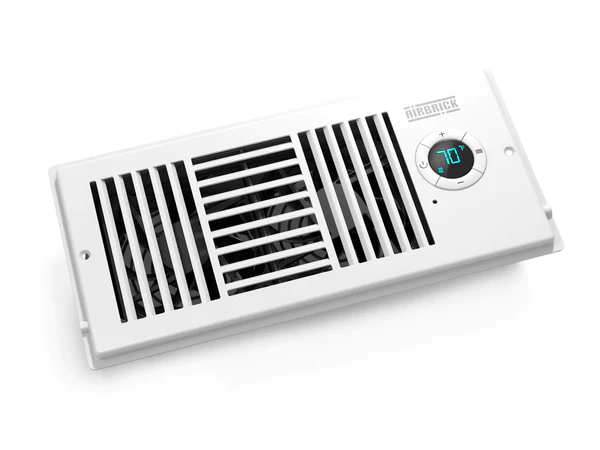
The world of heating, ventilation, and air conditioning (HVAC) is a labyrinth of information with an array of devices, each promising to solve your indoor climate control problems. One such device, currently stealing the limelight, is the Register Booster Fan. However, as with every new device that enters the market, skepticism follows closely. The key question on everyone’s mind: Do register booster fans really work?
Understanding Register Booster Fans
Before we can answer this question, it’s essential to grasp what a register booster fan is. This device is essentially a facilitator designed to enhance the performance of your existing HVAC system. They are positioned in or on the existing vents (also known as registers) within your home. By drawing in additional air from the ducts and propelling it out into the room, register booster fans amplify the circulation of hot or cold air as required.
The underlying principle of these fans is elementary yet innovative. They augment the airflow, addressing those tricky spots in your home that are difficult to heat or cool. These could include rooms situated far from the central HVAC unit, or spaces with inadequate ventilation.
How Effective are Register Booster Fans?
So, do register booster fans deliver what they promise? As a tool engineered to augment an existing HVAC system, these fans can undoubtedly offer noticeable improvements in air circulation and temperature regulation within a room. They prove to be particularly helpful when tackling “problem areas” within your home, notorious for their persistent temperature disparities.
Nevertheless, it’s crucial to keep in mind that these fans are not a one-size-fits-all solution. They shine as part of a holistic approach to indoor temperature management, which includes efficient insulation, well-functioning HVAC systems, and regular maintenance. If the HVAC system in your home is outdated, malfunctioning, or poorly maintained, even the best booster fan cannot solve these fundamental issues.
Placement Matters: Where to Install Register Booster Fans?
While these fans are relatively easy to install, placement significantly impacts their efficiency. For optimum results, booster fans should be installed in vents leading to rooms that are consistently too cold during winter or too warm during summer. Installing them in rarely used rooms or spaces that are already adequately serviced by your central HVAC might not lead to a noticeable difference.
Not All About the Device: Importance of a Comprehensive Approach
It’s essential to remember that successful temperature control is not solely about the device you use. Yes, a register booster fan can improve specific problem areas, but it’s also about having an efficient HVAC system, good insulation, and regular maintenance. These elements work together to create an environment where temperature control is not just achievable but efficient.
Therefore, while register booster fans can indeed serve as a powerful tool within your HVAC toolkit, they shouldn’t be viewed as the be-all and end-all solution. These fans work best when they’re employed strategically and paired with other key components of indoor temperature management.
In Conclusion: Register Booster Fans – A Valuable Addition or Just Hype?
In conclusion, register booster fans can indeed be a valuable addition to your HVAC system. It can be particularly if you’re wrestling with uneven heating or cooling in specific areas of your home. However, these fans are at their best when used correctly as part of a broader approach to temperature control.
And yes, they do work. But their effectiveness is contingent on many factors. The primary ones being the state of your HVAC system, the placement of the fans, and how they are used in conjunction with other temperature control methods.
It’s all about balance and understanding that while register booster fans can be a part of the solution. They are not the entire solution. So, before you decide to invest in these devices, it’s crucial to assess your specific requirements. Understand the capabilities of these fans, and align them with your overall HVAC strategy.